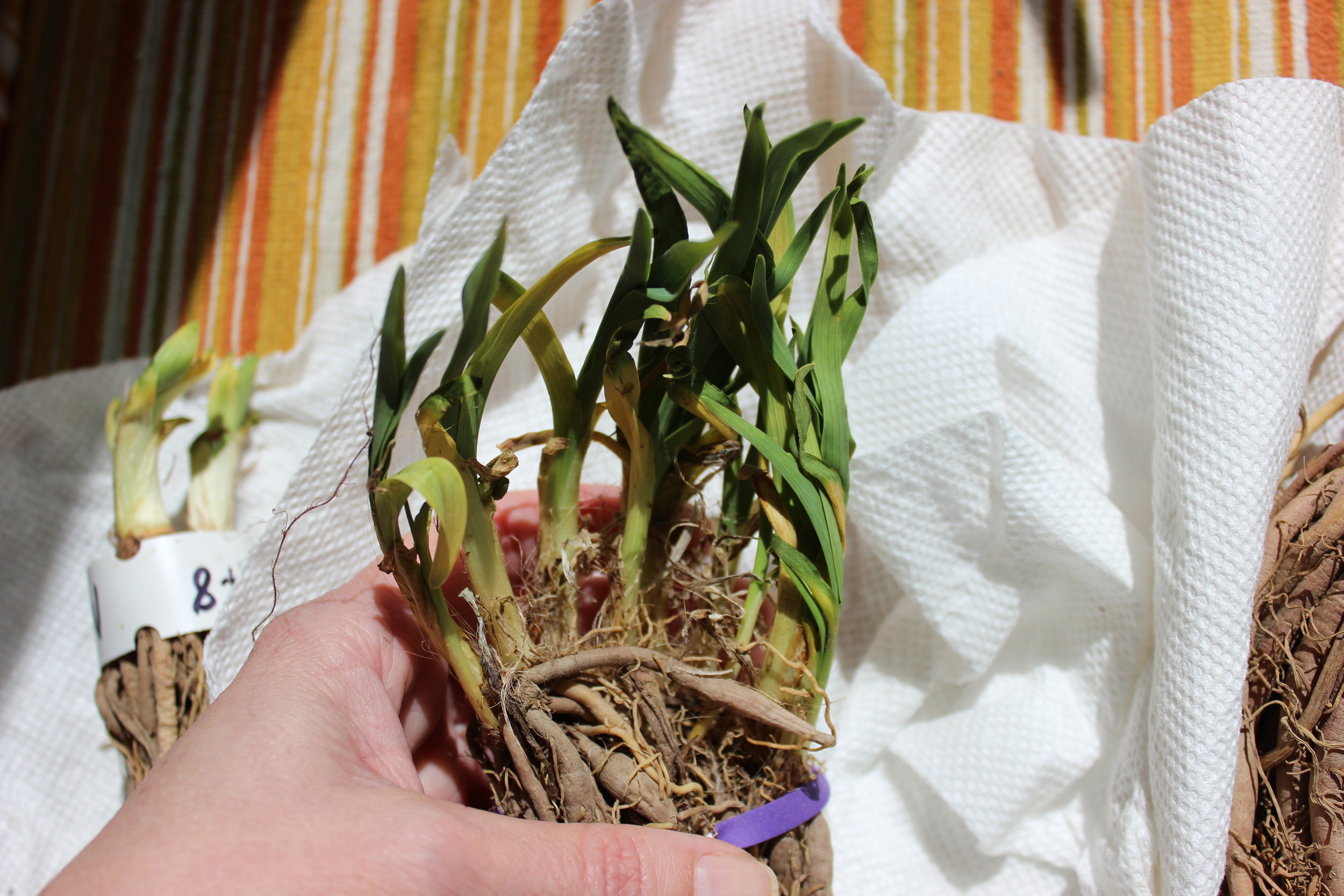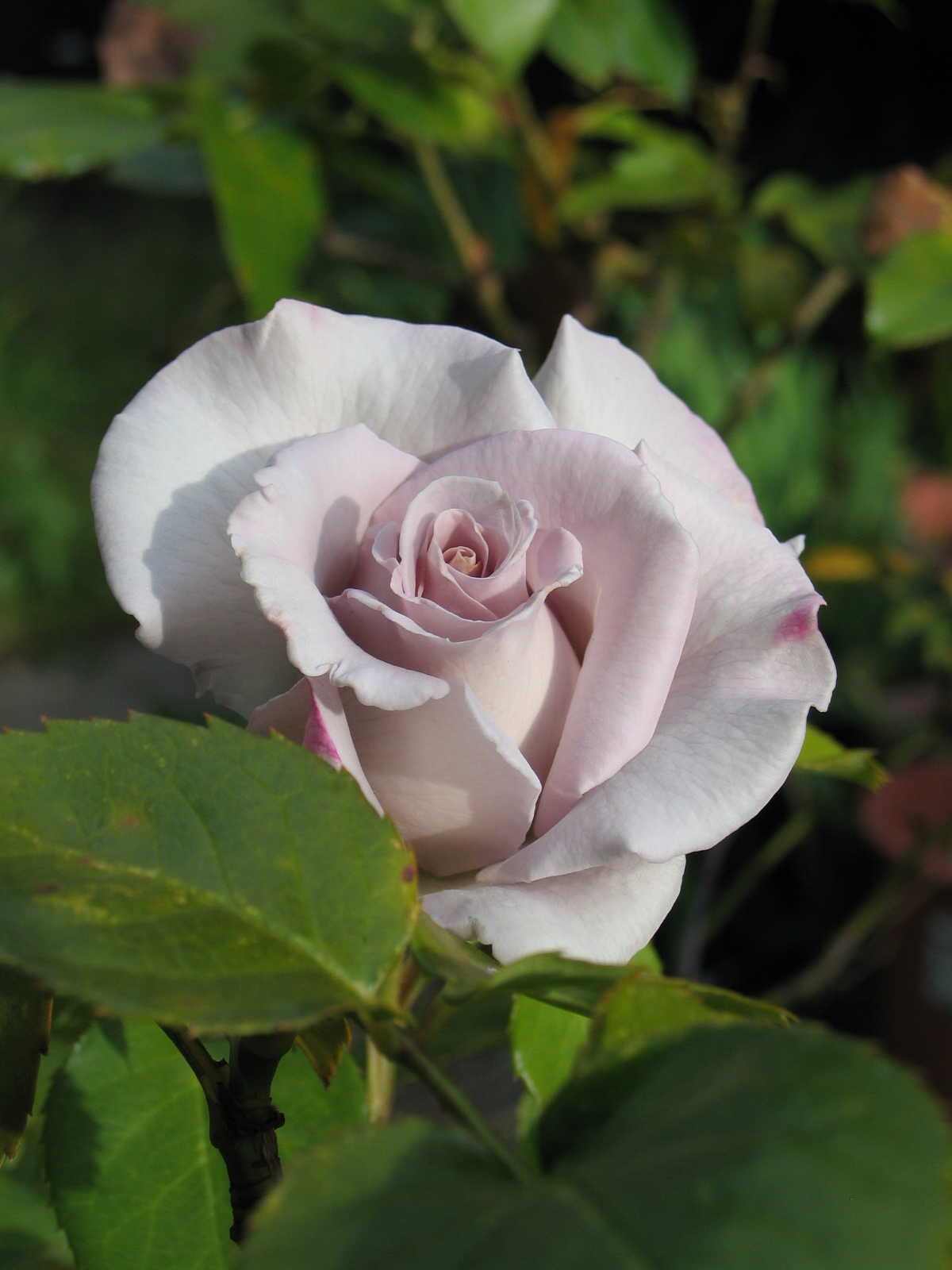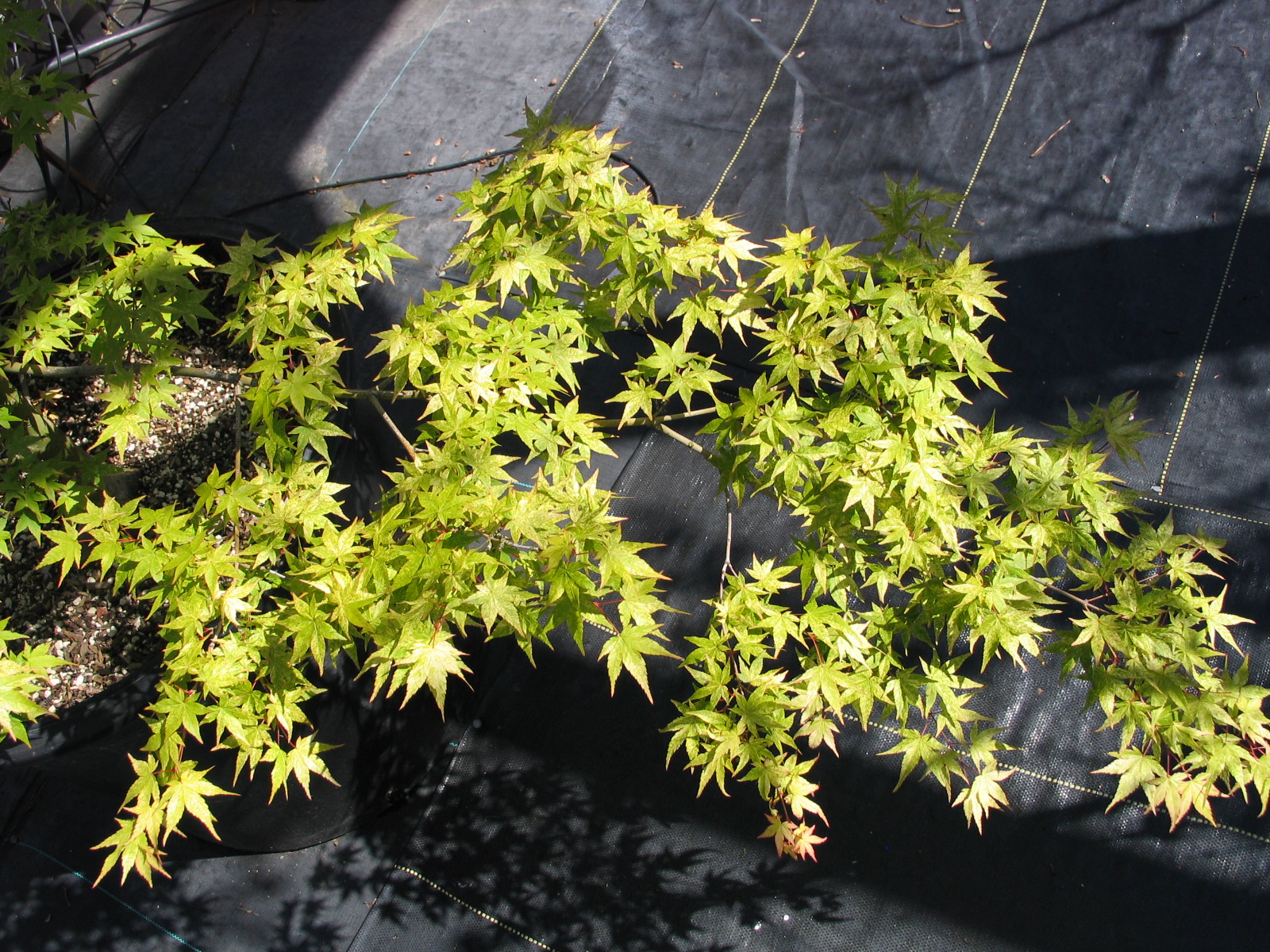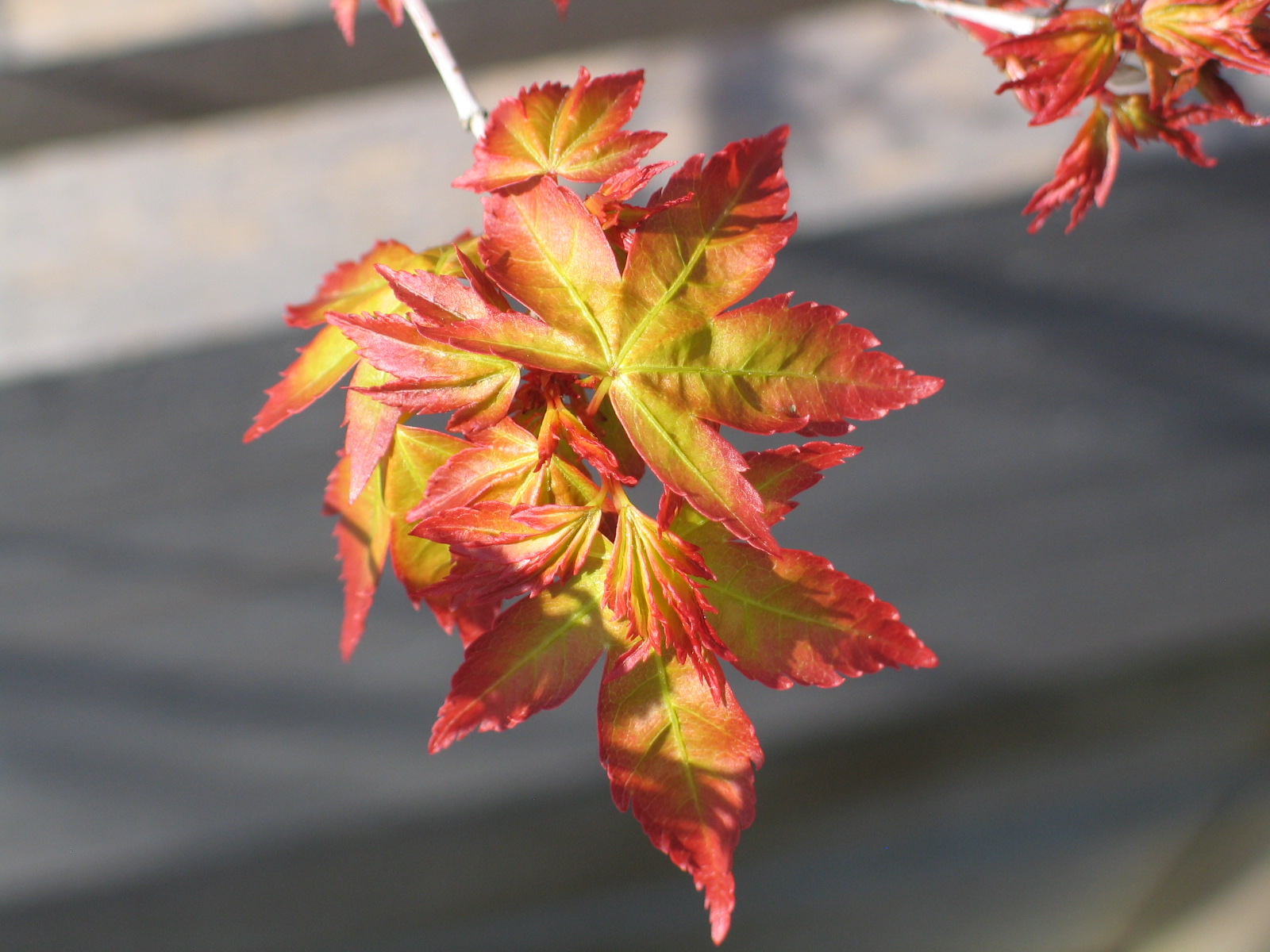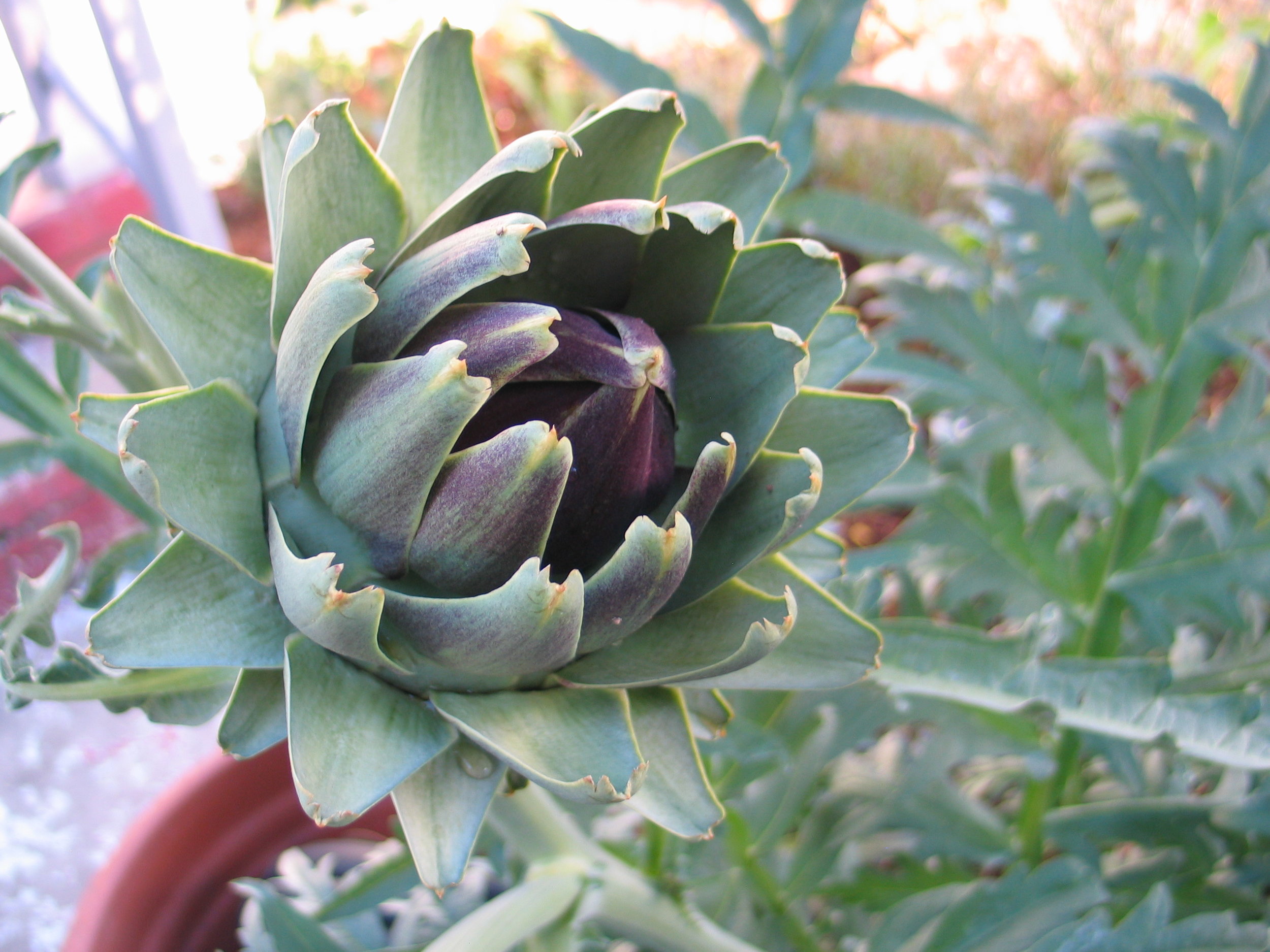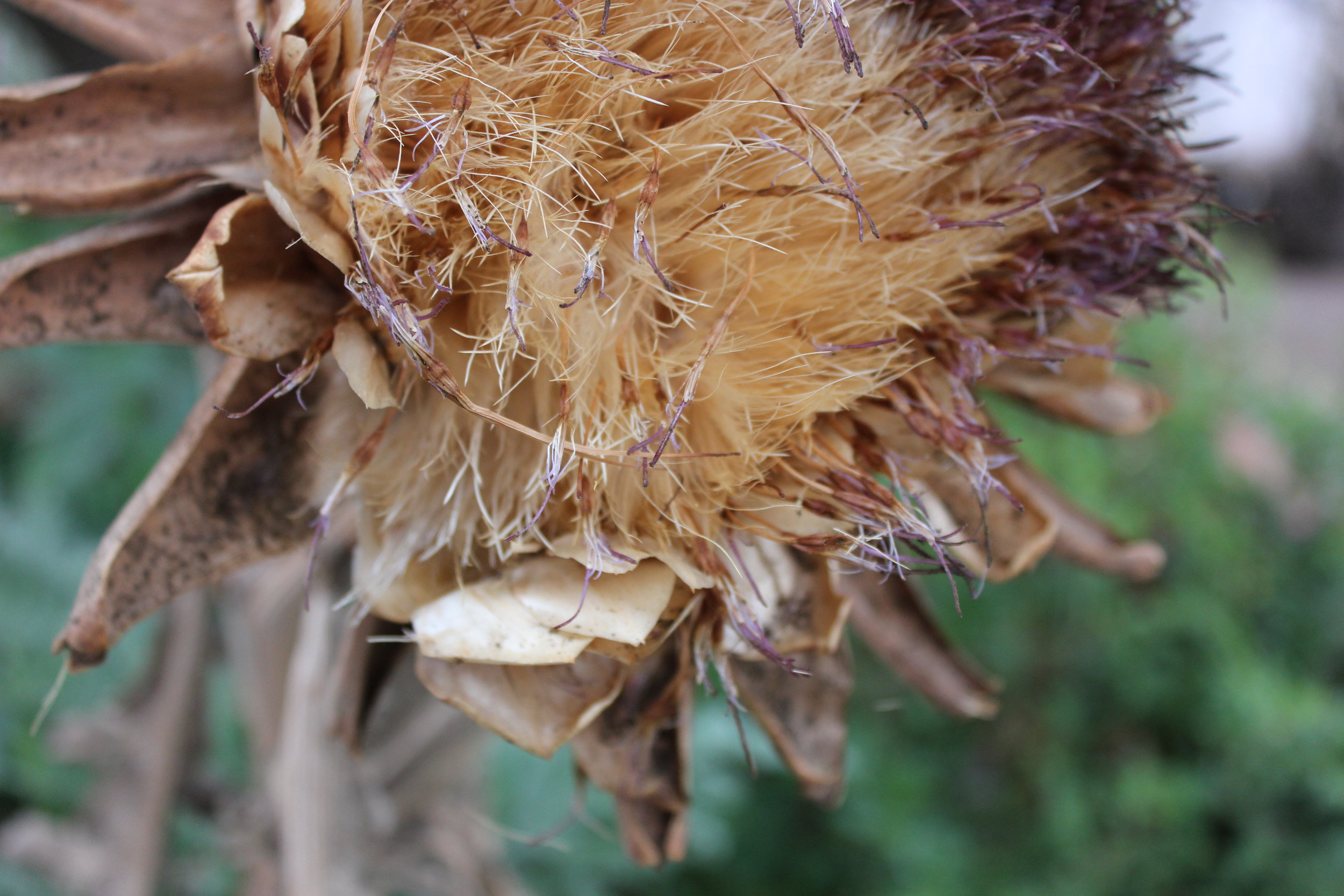You know the stand-by sitcom joke that when dating someone new, you should let the crazy out only a little bit at a time? Well, I've been writing this blog a while, so here's a little piece of my crazy made just for you!Sometimes I get something stuck in my head like a bad craving and MUST have it. You know what I mean, yes? Ever want chocolate really Really REALLY badly? So much so that it felt like a biological need? Yeah, like that, but for colors, color palettes, plants, and so forth.Today, my mail brought me a daylily I've been coveting for years and could never obtain (darn you, Martha Stewart Magazine!). But, thankfully I now have Hemerocallis 'Milk Chocolate'. I've planted it in the garden and hope to grow it up big and fat. I bought it from the generous folks at North Country Daylilies in Buskirk, NY (now apparently gone). Hemerocallis 'Milk Chocolate' is the little guy all the way on the left in the photo above.See, the growers here in California who grow daylilies don't seem to grow this particular cultivar (or at least not list it online). Some growers list it but didn't actually have any or wouldn't return my calls and emails - after looking for this thing for years, I was thrilled when North Country said they had one. ONE. Not only that, they were willing to ship it to California - another stumbling block I've run into before. BUT, they sent me a 3 fan plant, more than most mail order companies would send.I bought 'Milk Chocolate', 'Third Witch' and 'Vatican City' to make the most of the shipping. I stole the images below from the American Hemerocallis Society (AHS) webpage:Milk Chocolate:Third Witch:Vatican City:North Country sent me the biggest danged plants, I am completely delighted. In NY where they are, the snow has just melted away and the dormant daylilies are beginning to stick their heads up. Out here in Northern California, it is warm and spring is old news.One of the ways I hone my professional knowledge is to order plants from mail order companies and see what happens - I look at accuracy, plant quality, packaging, and customer service (bonus: an excuse to buy plants). I've had some wonderful surprises as in this daylily order. I've also had some really unfortunate and problematic orders (I won't be ordering from Wayside or Easy to Grow Bulbs again) that surprised me the wrong way.I've found that generally the growers who love their plants and specialize in certain kinds of plants have the best stock. The big business companies send the smallest, least healthy plants, the most poorly packaged, and have the most errors in order accuracy. I once got a box of dead plants from Wayside and they never did return my inquiries. So, when something goes right like this, I like to crow about it.Do you see these roots on H. 'Vatican City' and the extra fans on 'Third Witch'?! Mail order plant droolworthiness:I have a few other daylilies that I will tell you about another time - that will be fun - there's more crazy to share there.Thanks for reading!
My Theory on Roots
You've heard that you should water trees deeply and infrequently, right? I take that approach a bit further and use it for everything - trees, perennials, roses, everything. I'm careful with my water anyway having grown up in Los Angeles during the 70's drought when we let our yellows mellow, removed or reduced lawns, and collected shower water.See, we're in for some serious growing pains while we struggle to understand and adjust to mandatory water restrictions now in 2015 - I don't need to repeat the advice, you already know it (ditch the lawn, add compost and mulch, etc). But what we need to be doing is more than just using less water, we need to use water more wisely - to help our plants fend for themselves better. I see water as a training tool and my plants as smart, but slow. They can't fetch and training them to do much of anything takes years.As of my last water bill, I'm down to 36 GPD (gallons per day) including landscaping. Before you bow in awe to this amazing feat, you should know that I irrigate my garden a little differently than most and I'm not watering anything I don't want to keep. Let the rest die, they're out of here anyway. Here's where I water differently: I bought a 15 gal. Magnolia 'Black Tulip' (that baby green tree in the background left-side). It is rated as having "moderate" water needs in Oakland by WUCOLS. Moderate isn't exactly water-wise, but I've got a theory..... and so far, so good. I planted the tree a year ago this month. At the same exact time, my client in Mill Valley had three planted (guess whose idea that was). Their landscape contractor did exactly what they usually do - they amended, fertilized, and watered the hell out of those trees. My client's trees bloomed and grew and leafed out beautifully, gained stature nicely. Mine didn't. Luckily for them, theirs are next to a lawn that I'm sure they'll keep as long as they can, where I have no lawn. Below is a better shot of mine last May (1 month after planting).I planted mine with a bit of compost, watered it in well that first day, and walked away. It looked fine for a while, then it got all stressed out and started dropping leaves. I watered it again, a nice soaking, and it threw out some new leaves. We did this all summer: I kept an eye on it, watering only when I found signs of stress in the leaves, but then not again until I saw more stress. It was nerve-wracking. The tree did not visibly thrive, and it sure as heck didn't get much bigger. I'm pretty sure it would slap me if it could.... but it survived. While it was dormant over winter and I held my breath to see how it would do come spring. This spring when it started blooming, I was delighted with how many (albeit smallish) flowers there were on my young tree, and now it is leafed-out for the season. I'll be doing the same this summer, soaking the presumably larger root-zone, but as seldom as possible. I'll also be adding more compost on top (not working it in, that's the worms' job) and maintaining a good layer of mulch over that.I believe that what I am doing will be better for my tree's long-term durability. I believe that I gave it reason to throw energy into its root system in search of water, and that I rewarded deep root growth instead of fast, exciting foliage and gains in stature. Over the winter, its root system likely continued to dive and while I watered, soaking further and further down but less and less often, we're working together to train this "moderate" water needs tree to survive more like a drought tolerant tree. Here it is today, not much bigger, but doing just fine:I don't water fast enough that it trickles off, doing by hand what irrigation designers call "cycle and soak", making sure that the water goes into the soil and nowhere else. I'm also taking advantage of the few light rains we had to water further than the rain itself went = deep watering every time.I can't tell others to do this, the tree looked like hell that first year of establishment and I think most people wouldn't watch closely enough nor would they enjoy the experience (even I was a bit nervous). We'll see how things go this summer, but I can tell you that I don't water much, maybe once a month? I avoid watering if it is overcast or cool outside. I look closely at my plants in the most stressful times - when it is blazing hot, sunny, and/or dry and windy. If I see stress, I'll water. If not, forget it. I'll keep you posted on how things go this summer.The most impressive thing, though, is what I noticed in putting together this post - look how much my roses LOVE this treatment - they get watered only when the tree gets watered and I have yet to see them look even a little stressed. You can see the change best between the second photo and the one above. They're the hybrid tea 'Stainless Steel' (my favorite). Here's the original one (now on the right in the photo above) blooming in my old garden in Alameda in 2010 and again in 2012:
Seasonal Planting Overload
A new client's project calls for seasonal plantings in two important pots sitting atop columns flanking the front walkway. I hope to be able to show you the changes we make to the planting palette in the rest of the garden, not sure when, but tonight I have seasonal plantings on the brain.I don't get asked for seasonal plantings very often, so I dove into all the bazillions of options - so many plants, so many cultivars of each! Do you know how many Violas there are? Heucheras? Ipomoea, Coleus, Petunia, and so forth!!? I wound up with 60 photos in short order and had to figure out how to organize it so the Owner (or I) wouldn't have a stroke from too many options. Below are 36 of the 60 I saved right off the bat, you can see how the editing process becomes king. Some are my own photos, some from various growers, many came from Proven Winners (credit where it is due!) which is a large commercial grower that supplies pretty much every nursery I know:There are many constraints in narrowing this down: changes pending in the rest of the garden, soil volume in the planters, and the intention of swapping the plants out seasonally. Additionally, whatever we plant has to look good when it is new, add color coordinated with a TBD planting palette, and be showier than the succulents they have now which blend-in too much with their surroundings. The most limiting of these is the soil volume - not much soil volume = not big plants and not very many. I know, we've all seen photos of amazing stuff in teensy pots, but this is usually the result of growers' careful (read: fertilized like crazy under perfect greenhouse conditions) management and not what we might expect at home.I assume you're familiar with the "recipe" for container plantings? Some say you need "spillers", "fillers", and "thrillers". That's great if you have room for all that diversity and you want mixed plantings. I am not so sure these planters will look so good with too many different things; the soil is only 13" across and 9" deep. They're beautiful planters, just not very big.I came up with a strategy - after I saved all those photos. My strategy with most planting palettes is to gather in lists and photos everything I think will work and then edit until only a few favorites remain. I often print photos of everything and arrange them all over my desk, developing groupings of favorites and rejects, moving photos between these groups often until I've covered all the bases - seasonal interest, form, leaf color and texture, etc. Further edits seek to eliminate anything that clutters the vision, and viola! ... until I show it to my Client ...So tonight, to stave-off the aforementioned stroke, I limited the plants to 3 options: two plant combos, one plant that will fill-in, and bulbs planted under something else. I further limited the options to annuals (except the bulbs) and to color groupings I named "Chartreuse Juice" (a small sample of the options above) and "Lavender Carmel" (a small sample of the options below). They seemed to separate themselves out naturally and fit in with the two plant palette options I am proposing for the rest of the garden.Given that the planters are only big enough for one or two kinds of plants at a time, that will be the next step with the Client - what looks good together? What can stand on its own? I still have waaay too many options, but I know my favorite combinations, and the outliers will be held back so we both don't need ambulances by the end of our meeting.(and yes, I had entirely too much fun with Big Huge Labs making these mosaics)
Test, don't guess
I have a handful of stories from professional practice where soil or plant pathology testing should have been performed but wasn't. I personally believe that soil should always be tested before any fertilizer or amendment is added, and follow-up testing should be done every couple of years to see how the soil health has changed. Not testing soil or sick plants before spraying or amending the soil is like prescribing medication without knowing what disease you are treating. You wouldn't do that to your body, so why do we do this to our biggest investments (your home or commercial property) ?!Thankfully, getting lab tests done is not difficult if you take the few minutes needed to do it right. Most soil and plant pathology labs are easy to work with, they'll tell you what to do and how to send it in, and will provide you with a report explaining their findings. Bammo - diagnosis! Proper treatment! Hooray!Now for my cautionary tale:Years ago I was working for a firm in San Francisco and we had a client with a mature beloved Japanese Maple. It had a nice shape, and was reportedly absolutely beautiful in the fall. Their project involved building an underground garage underneath this tree which required that we dig the tree out, box it, crane it off-site, and have it cared for while the garden was re-made in a new design on the roof deck of this garage. The tree would be the centerpiece for the new design, and I thought how lovely that they were willing to spend tens of thousands of dollars to have it salvaged and brought back when a new tree would be so much cheaper.Before we started demolition, the client called and said that the tree wasn't as leafy (this was mid-summer) as it had been the year before. We called a couple of arborists out to the site who took a good look at it, tested the trunk with a densiometer, and decided that it needed a little more water - we had just gotten through a few unusually warm weeks, so we all thought no big deal. The gardener was asked to provide it with some nice deep watering and we waited to see how it would respond. It repaid us with a flush of tender new leaves and we delighted in this result.I wish I could remember how this next step was decided on - we asked the gardener to fertilize it. The gardener was a well-meaning fella who had done a good job so far. His English was not great, but nobody had a problem with that. He fertilized the tree and within a week, WHOOMP! Naked tree. It dropped every single leaf. We could not understand why - it was just recovering! We finally sorted out that the gardener had mis-understood the label on the fertilizer package and used 10x the recommended amount! That tree was sitting in a toxic wasteland of salts and chemicals. Rather than wait for his next visit, I was dispatched to put soaker hoses around it and try to water the fertilizer out of the soil. I left those soaker hoses on for hours, they were coiled around and around under the entire dripline of the tree. We had the gardener follow-up, soaking the soil thoroughly on his next couple of visits, and we hoped that the excess fertilizer had been literally washed away.You can imagine how glad we were when it repaid us with a second flush of new leaves.... only there was something different.... these leaves were smaller, slower, not quite right. Nobody knew what to do; we just kept watch and hoped for the best. About a week later, it was dead. Dead-dead. All those new leaves fell off and you could feel that it had passed all the way on.This was such a disappointment for the Owners and for us - after-all, here we were, a team of arborists, landscape architects, and the well-meaning gardener. It sure looked like we killed it. This is when we did the first intelligent thing: we had the tree and the soil tested. We took samples of the leaves, the branches, some root clippings, and the soil, and sent it all off for analysis. Care to guess what we learned?That poor tree had a raging infection of some kind of pathogen with a long name I've long since forgotten, and the lab said that this infection had likely been there for a couple of years already to be this bad. The tree was doomed from the start; our screwups just pushed it over the edge. In a way, this nightmare saved the Owners a bunch of money, but that didn't make anyone feel any better. We'd spent so many billable hours trying to figure it out, they ended up wasting a lot of time and money paying us to professionally accidentally kill their beloved tree.So you know, the lab that we used was Soil and Plant Lab. They are my favorite lab because their people are helpful and knowledgeable and their reports are thorough and easy to understand. It isn't so expensive to do, and one test can save not only your money, but your peace of mind and the health of your investment.BTW, I took the photos at Momiji Nursery in Santa Rosa back in 2006 when I was working on this project. They sell beautiful Japanese Maples.Thank you for reading, as always, I look forward to your comments!J
Artichokes' Awkward Phase (so what?!)
Artichoke plants can be real stunners. Their soft, enormous, sculptural bluish foliage is a real treat in a garden, especially in contrast with more subdued looking plants. These big dudes can make a real statement. One of my practices as a professional (which sounds better than 'I can't go to a nursery without buying something') is test growing plants and watching what happens over time. This summer I trialed Zinnias, Artichokes, several ferns, Marigolds, Scabiosa, Cosmos, Calendula, several roses, Gardenias, Heucheras, a few grasses, Daphne, a handful of Penstemons, a Magnolia, an Albizia, Sweet peas, and Lupines among others (this list is the survivors).The Artichokes, though, held a lesson. Googling Artichokes didn't tell me much about them. I found oodles of photos of the flower buds (the bit we eat) and foliage, tons of recipes and so forth... I found websites about how to grow them, where to get them, I even watched a video about growing them, but in my searches and plodding through books, I did not find anything about their life cycle. The best information I found was in Golden Gate Gardening, which talks about how to grow them in decent detail, tells you what to do, but does not give a complete picture of what the plant is doing while you're busy taking care of it.So, darling readers - here are my chokes from their glorious youth through that first awkward phase:May 7th: Here they are a few weeks after I put them in the ground - I bought three 4" pots of them and also three clearance rack 2" pots of dying plants. All of them grew so FAST! There really isn't much point in spending a lot on an artichoke plant, the little sad ones will do just fine if you get them in the ground where they really want to be. Sorry, I did not record when I planted them nor did I take photos of the sad little dudes.July 8th: Two months later, I've got several flower buds starting (above).July 28th: I let a few flowers open just to follow what they do. Out of the six plants I grew, despite being in partial shade, I had more artichokes than I could possibly eat.Aug 1st: I had taken the chokes off one of the plants (delicious) and it repaid me by doing this. It is a sad looking stemmy misshapen thing. Welcome to the Awkward Phase. I know they're perennial, some say they're semi-perennial, living only 5-6 years, others claim they can live much longer. I don't give a rat's patoot when getting a replacement plant can cost less than buying an artichoke for dinner and they grow so well.September 25th: The stems and leaves continued to fade and look like total crapola (read: turn brown and sticky) until about mid-september when the next growing season's leaves began popping up at the base of the plant. I left the flower on to watch it go to seed, and seed it did! I was tracking these big globs of brown fluffy seeds into the house and they were blowing around the yard. Rather than let artichoke babies take over, I took this opportunity to finally break the old stems off most of the plants at their bases and chuck them in the green waste bin, I left one alone to do its thing for another two weeks, when I bought a new camera.... .... and in Mid-October, my new camera helped me get a better photo of the fluffy seeds on one plant and new foliage on another.So what is my point? Artichokes are cool. What is even cooler is how dynamic they are. Many people don't have the patience to let a plant do awkward unsightly things in their garden, and that's okay - but you can't really understand your plants unless you understand their lives. Books don't do enough, web-searches will give you tons of beautiful photos, but nothing compares to growing something and being observant.Thank you!!





